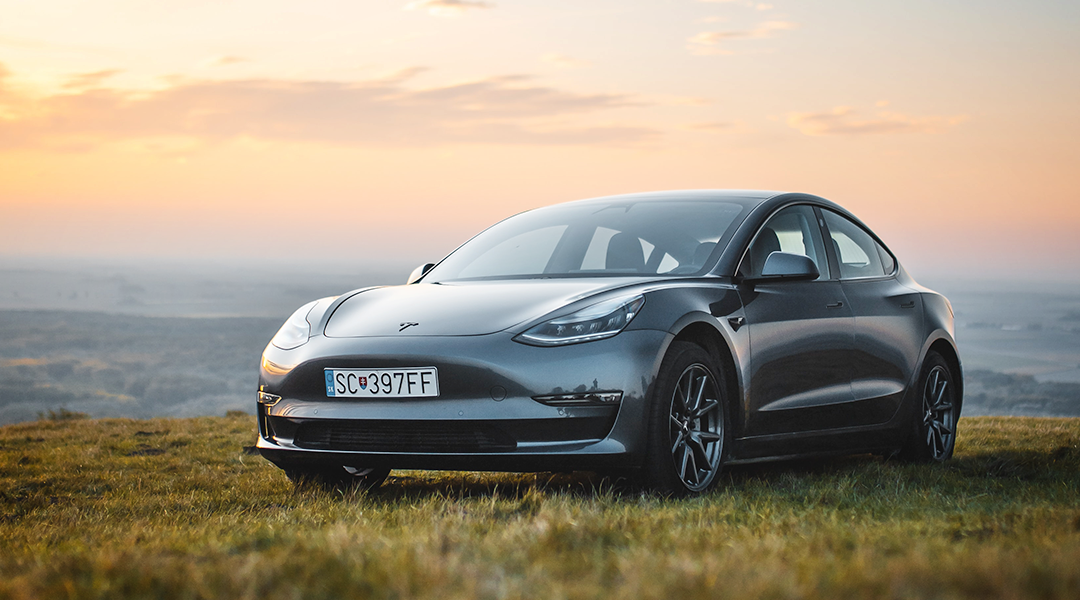As electric vehicles (EVs) become more common on Britain’s roads, here’s our guide to the differences between them.
Motoring is changing. The number of electric cars on UK roads is growing year on year, with anecdotal data citing green credentials, tax breaks and fuel economy as the reasons behind the shift. Plus, the UK Government has pledged to ban the sale of all new petrol and diesel-engined cars from 2030.
And with performance models, such as the Tesla Model S and the BMW i8, becoming more popular, it seems that even the die-hard petrolhead could be forgiven for being tempted over to the green side.
However, the different types of electric vehicle (EV) currently available make understanding the switch a bit of a minefield. There are 3 main types of electric vehicle, known as HEV, PHEV and BEV. Join us as we explain the differences between them.
Main Electric Vehicle Types
Hybrid Electric Vehicle (HEV) – These cars have a regular petrol/diesel engine that sits alongside a very small battery. The battery will often be used on its own at low speeds to improve efficiency, with the petrol/diesel engine kicking in at high speeds. The battery is then recharged through a regenerative braking system or via the internal combustion engine (ICE). It can be a good starter vehicle for drivers taking their first tentative steps into the world of electric cars
Plug-in Hybrid Electric Vehicle (PHEV) – This is similar to a standard HEV. However, the battery has to be plugged in to recharge. This is more of a step towards a fully electric vehicle, with the added back-up of having the petrol/diesel engine when needed.
Battery Electric Vehicle (BEV) – This is a fully electric car that has no internal combustion engine. The distance you can travel on battery power is significantly further than HEV and PHEV cars (typically around 250 miles) due to their larger batteries. BEVs need to be plugged-in either at home or at a recharge station.
A Note on Battery Ownership
When first released in the UK, some manufacturers offered a separate lease for the batteries to help reduce the initial purchase price of the vehicle. For the most part, this practice has stopped. All electric car manufacturers, except Renault, now include the batteries in the price of the new vehicle at the time of purchase. There’s no option for a separate lease agreement for the batteries.
Insurance for EVs
Obtaining insurance for electric vehicles can be a complex process, owing to the difficulty and expense of repairing or replacing an EV. That said, hybrids pose less of a challenge as they become more mainstream.
Speak to us About Your Car Insurance
If you’re considering making the change to electric, give us a call. We can help you to understand the EV insurance market, so you can make a decision about your next vehicle.
QUOTELINE: 0800 917 2274

